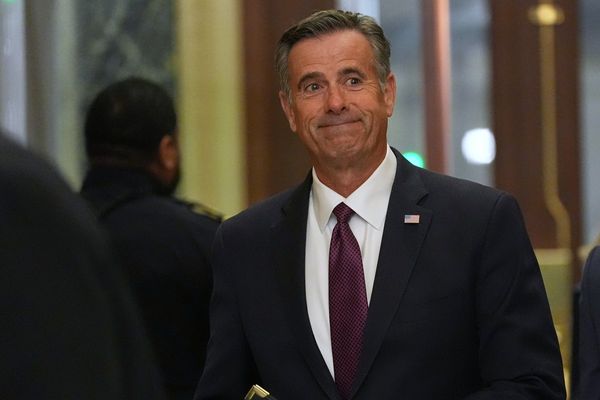Voters of at least three cities in Michigan—East Lansing, Kalamazoo, and Royal Oak—will decide on ranked-choice voting (RCV) initiatives on Nov. 7, 2023. The initiatives would provide that RCV would go into effect when state law is changed to allow local governments to enact RCV. As of 2023, state law prevents localities from using RCV in Michigan.
The organization Rank MI Vote sponsored the initiatives. “This improved method of voting would make Michigan elections more competitive and fair by encouraging the participation of more candidates and parties, and by ensuring outcomes that more accurately reflect the will of the voters,” stated Rank MI Vote.
More than 100 years ago, in 1918, voters in Kalamazoo approved a charter amendment to enact an electoral system known as proportional representation or the single-transferable vote. Today, in the U.S., this system is sometimes referred to as multi-winner RCV. The charter amendment received 78% of the vote. In 1920, the Michigan Supreme Court ruled that the single-transferable vote system adopted in Kalamazoo “[abridged] the right of elective franchise.”
In Ann Arbor, Michigan, voters approved an initiative adopting RCV in 1974, but voters approved an initiative two years later to repeal RCV. In 1975
Then, in 2004, voters in Ferndale, Michigan, approved a ballot measure to adopt RCV, which has not been implemented. In 2019, Eastpointe, Michigan, enacted RCV as part of a settlement with the U.S. Department of Justice, which alleged the city’s election procedures violated the Voting Rights Act. The federal order is set to expire in Eastpointe in 2024. Voters in Ann Arbor approved a charter amendment for RCV in 2021.
A ranked-choice voting system (RCV) is an electoral system in which voters rank candidates by preference on their ballots. If a candidate wins a majority of first-preference votes, he or she is declared the winner. If no candidate wins a majority of first-preference votes, the candidate with the fewest first-preference votes is eliminated. First-preference votes cast for the failed candidate are eliminated, and counting the next-preference choice indicated on those ballots. A new tally is conducted to determine whether any candidate has won a majority of the adjusted votes. The process is repeated until a candidate wins an outright majority.
There are also multi-winner RCV elections, in which voters rank candidates by preference. A formula would set the number of votes (called the election threshold) a candidate would need to win. A candidate who receives more votes than the threshold is declared a winner. The candidate’s extra votes beyond the threshold are distributed to voters’ second-choice candidates and so on.
Since 2020, there have been 22 local ballot measures related to ranked-choice voting. Voters approved 20 and rejected two.
Additional reading:
Learn More






